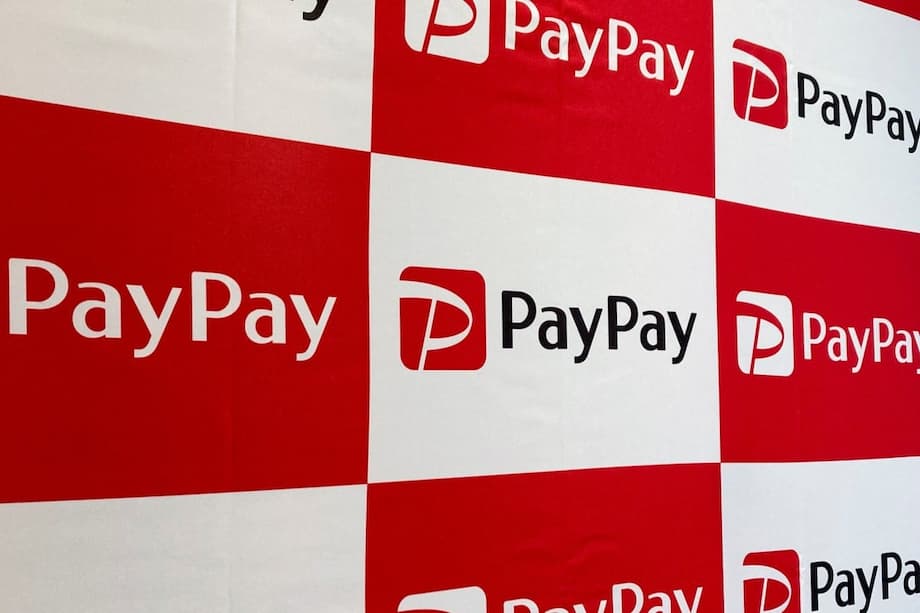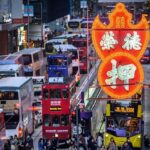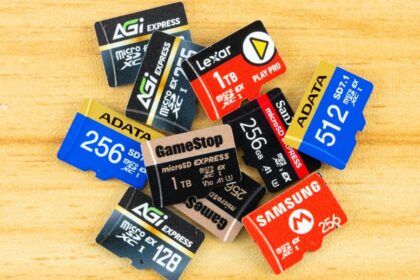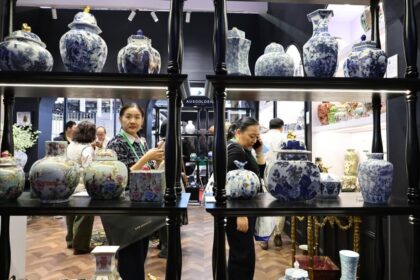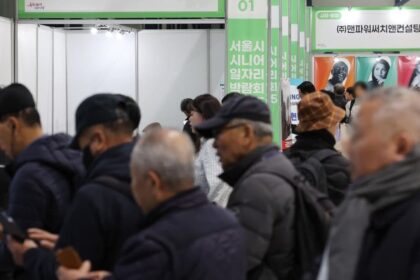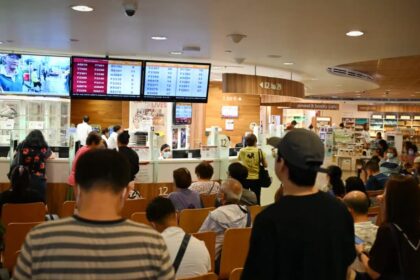A rocky start for Octopus payments in Japan
A new feature that lets Hong Kong residents pay in Japan with the Octopus app has hit early turbulence. Within a week of launch, travelers reported system malfunctions, failed checkouts and incorrect or duplicate charges at shops using PayPay, Japan’s largest QR code payment network. Posts on social platforms quickly piled up, with many users labeling the rollout a failure and demanding refunds.
- A rocky start for Octopus payments in Japan
- What went wrong with payment settlement
- How the Octopus and PayPay tie up is supposed to work
- Why Japan matters for Hong Kong travelers
- What travelers experienced on the ground
- Refunds and what to do if you were charged wrongly
- How Japan pays, QR wallets and contactless cards
- What the companies say and what comes next
- Key Points
Octopus said the app experienced payment settlement issues, and that those were fixed on Tuesday night, with refunds expected to complete by Wednesday. The company did not disclose technical details of the malfunction. The feature was marketed as a simple way to use the familiar Octopus balance at Japanese merchants that accept PayPay, with two key selling points, no transaction fees and a favorable currency exchange rate. Octopus said the rate could save about 2 to 3 percent compared with credit card payments and 1 to 1.5 percent compared with other digital wallet methods.
What went wrong with payment settlement
Settlement is the behind the scenes movement of funds that follows the moment a payment appears to complete at the counter. In a QR code flow, the cashier scans a code shown in the user’s app, the two payment systems verify the account balance and risk rules, then a record is created for reconciliation. A hiccup anywhere in this chain can produce odd results. A user might see a debit in the Octopus app while the merchant sees a failure, or a successful payment could be recorded twice if the same purchase is retried after a timeout.
Duplicate charges often happen when a terminal times out, the cashier rescans to be safe, and both requests later get approved. Those duplicates are usually reversed during reconciliation, but reversals take time. If the exchange rate changes during that window, a refund can credit a slightly different Hong Kong dollar amount unless the wallet restores the original rate. Octopus has not said how it will handle rate protection on refunds, which is why many travelers are watching their statements closely.
Another frequent source of confusion is the receipt flow. Some QR code systems give only a brief success tone without a printout, so shoppers lack proof when a dispute arises. Screenshots of the in app receipt and the cashier’s terminal help reduce friction during a refund request.
How the Octopus and PayPay tie up is supposed to work
With the new feature, an Octopus user opens the app, selects payment in Japan, and shows a QR code. The cashier scans it with a PayPay reader. The Octopus balance is debited in Hong Kong dollars using the company’s posted rate. PayPay settles with the merchant in yen. To the shopper, it feels like paying with a local wallet while avoiding foreign transaction fees.
Why QR code scans differ from contactless cards
Contactless cards and transit passes send payment tokens with a quick tap. That process can clear even when network links are slow and in some cases can proceed offline for a short time. QR code payments require the cashier to scan an on screen code and usually need live connectivity from both the terminal and the wallet. More steps and more network calls create more points where a timeout or mismatch can occur.
Fees and FX savings explained
Octopus promoted the Japan feature on price. Credit cards often add a foreign transaction surcharge and banks can add a margin on the exchange rate. Many wallets charge a similar spread. Octopus said there are no transaction fees and that its rate saves about 2 to 3 percent compared with credit card payments and around 1 to 1.5 percent compared with other digital wallet methods. The company likely earns a small margin inside that rate while still undercutting common card costs. That value proposition depends on predictable conversions and quick refunds when something goes wrong.
Why Japan matters for Hong Kong travelers
Japan is a favorite destination for people from Hong Kong. The appeal ranges from food and shopping to theme parks and onsen towns. A stable payment option that uses a familiar Hong Kong wallet is attractive, especially to those who want to avoid carrying large amounts of cash or facing surprise card fees. PayPay is accepted at a wide range of shops, from convenience stores and ramen counters to drugstores and electronics chains, which makes the coverage especially tempting.
That broad acceptance made Octopus’s promise compelling. Travelers expected the ease and reliability associated with tapping Octopus on Hong Kong trains and buses. Early glitches undercut that expectation and pushed many to carry backup cash or fall back to cards at the till.
What travelers experienced on the ground
Reports posted by travelers describe payment failures at checkout, double charges that took hours to reverse, and situations where a shop saw an error while the app showed a debit. Some said staff were unsure how to handle disputes that involved a foreign wallet. Others described smooth payments at one store followed by repeated failures next door.
Long time users of Japanese payment apps also weighed in. One foreign resident in Japan, commenting on Reddit, argued that QR code apps slow down checkout compared with contactless systems and said that incentive campaigns kept them popular even with that trade off. In that discussion, the resident captured the frustration this way:
You don’t need to open an app, type in the amount, and try to get the reader to read a QR code off your screen. Japan had an awesome contactless system since the early 2000s with Mobile Suica. There are better ways of doing cashless payments.
Newer posts on X also highlighted frequent malfunctions and double charges linked to the Octopus feature as travelers crowded into autumn travel. The volume of posts does not prove how widespread the failures were, yet it shows that the launch did not meet user expectations.
Refunds and what to do if you were charged wrongly
Octopus said refunds tied to the settlement glitch would be processed by Wednesday. If a refund has not arrived, the safest path is to document the transaction and contact the company through official channels. Keeping clear records speeds up resolution and reduces back and forth with support.
- Review transaction history in the Octopus app for both pending and completed entries related to the shop and time of day.
- Save screenshots of the Octopus receipt, the PayPay screen at the counter if available, and any store printed receipts.
- Write down the store name, location, cashier ID if visible, and the exact time in Japan local time.
- Use the in app help or customer service email to submit a refund request, attaching images and a brief description of what happened.
- If the Octopus balance was topped up with a bank card around the same time, check the card statement to confirm any temporary holds.
- Monitor the refund amount to see whether the original Hong Kong dollar amount is restored or if there is a small difference from exchange rate movement.
Refund windows vary by system. Many reversals post within one to three working days, while complex disputes can take longer. If a case stalls, customers can escalate through formal complaint channels available to stored value facility providers in Hong Kong.
How Japan pays, QR wallets and contactless cards
Japan’s cashless landscape is split between QR code wallets and contactless cards built on FeliCa. PayPay, dBarai, and Rakuten Pay grew fast during government campaigns that gave shoppers rebates for using cashless methods. On the other side, transit cards like Suica and PASMO, and branded contactless services like iD and QUICPay, deliver speedy tap to pay experiences that many riders and shoppers trust.
Many stores now support both approaches, plus Visa and Mastercard contactless. Small shops sometimes prefer QR code because the hardware is inexpensive and setup is simple. The trade off is speed and reliability when network conditions are poor. Tourists often pick a mix, using Suica for trains and quick snacks, and a card or QR wallet for shopping.
What the companies say and what comes next
In its response, Octopus said the problem was a payment settlement issue that had been fixed on Tuesday night and that refunds would be completed by Wednesday. The company did not disclose what part of the process failed or how many users were affected.
To rebuild confidence, the next steps are straightforward. The app should provide clearer on screen status when a payment fails, suppress duplicate debits when a QR code is rescanned, and show a unique reference code that both the cashier and the traveler can match. A short in app guide for paying at PayPay terminals would also help store staff and visitors stay on the same page.
Travelers heading to Japan in the coming weeks should bring at least one alternative way to pay. A contactless card with no foreign fee, a Suica balance on the phone, and some yen banknotes cover almost every situation. The Octopus PayPay feature can be a useful extra once stability improves.
Key Points
- Hong Kong travelers using Octopus to pay at PayPay merchants in Japan reported failures and incorrect or duplicate charges.
- Octopus said settlement issues were fixed on Tuesday night and refunds would be completed by Wednesday.
- The company did not share technical details or the number of users affected.
- The feature lets users show a QR code in the Octopus app to pay at PayPay merchants, with no transaction fees.
- Octopus promoted a favorable FX rate that could save 2 to 3 percent versus cards and 1 to 1.5 percent versus other wallets.
- Social posts describe double charges and confusion at checkout, though some payments worked as intended.
- Customers seeking refunds should document transactions, contact support, and watch refund amounts for FX differences.
- Japan’s payment mix includes QR wallets and fast contactless options like Suica, iD, and QUICPay.
- Clearer in app guidance and better duplicate protection would help the service regain user trust.


